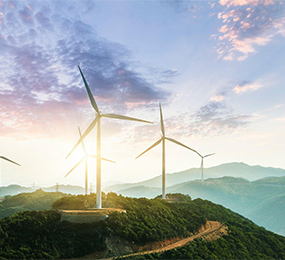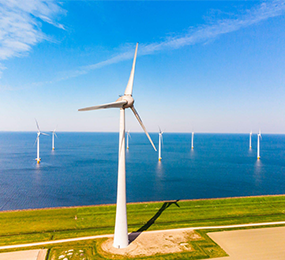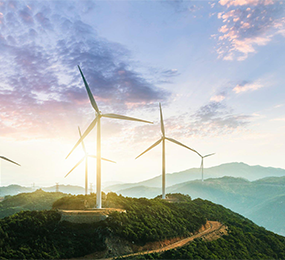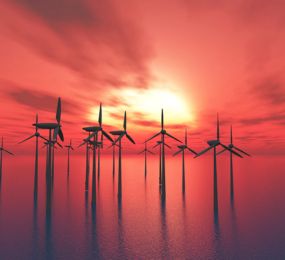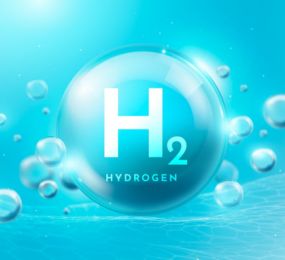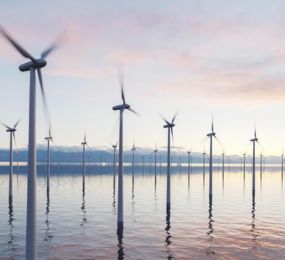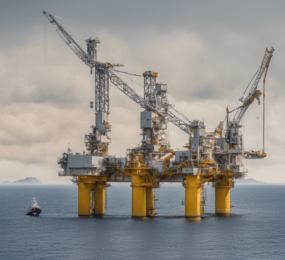Powering the Seas: Choosing Between HVAC and HVDC for Offshore Wind
Harnessing offshore wind requires efficient transmission solutions. The two main contenders are High-Voltage Alternating Current (HVAC) and High-Voltage Direct Current (HVDC) technologies, each with distinct advantages for offshore substations.
HVAC, the traditional choice, utilizes simpler infrastructure. However, its efficiency weakens with distance due to power losses in the cables. Additionally, managing reactive power becomes complex in long-distance AC lines.
HVDC emerges as a champion for longer distances. It transmits power with minimal losses and offers superior control over power flow. However, HVDC systems require expensive converter stations at both ends, increasing initial costs.
The optimal choice hinges on several factors. For shorter distances and smaller wind farms, HVAC's lower upfront cost might be attractive. However, for large-scale, distant wind farms, HVDC's efficiency and controllability outweigh the initial investment.
Recent advancements in technologies like Voltage-Sourced Converter (VSC) HVDC further blur the lines. VSC-HVDC allows for bi-directional power flow and integration with existing grids, making it a flexible solution for future offshore wind farms.
Ultimately, the choice between HVAC and HVDC for offshore substations requires a careful cost-benefit analysis considering distance, power capacity, and grid integration needs.
Visit our website to know more: https://www.leadventgrp.com/events/offshore-and-floating-substations-forum/details
For more information and group participation, contact us: [email protected]
Leadvent Group - Industry Leading Events for Business Leaders!
www.leadventgrp.com| [email protected]


